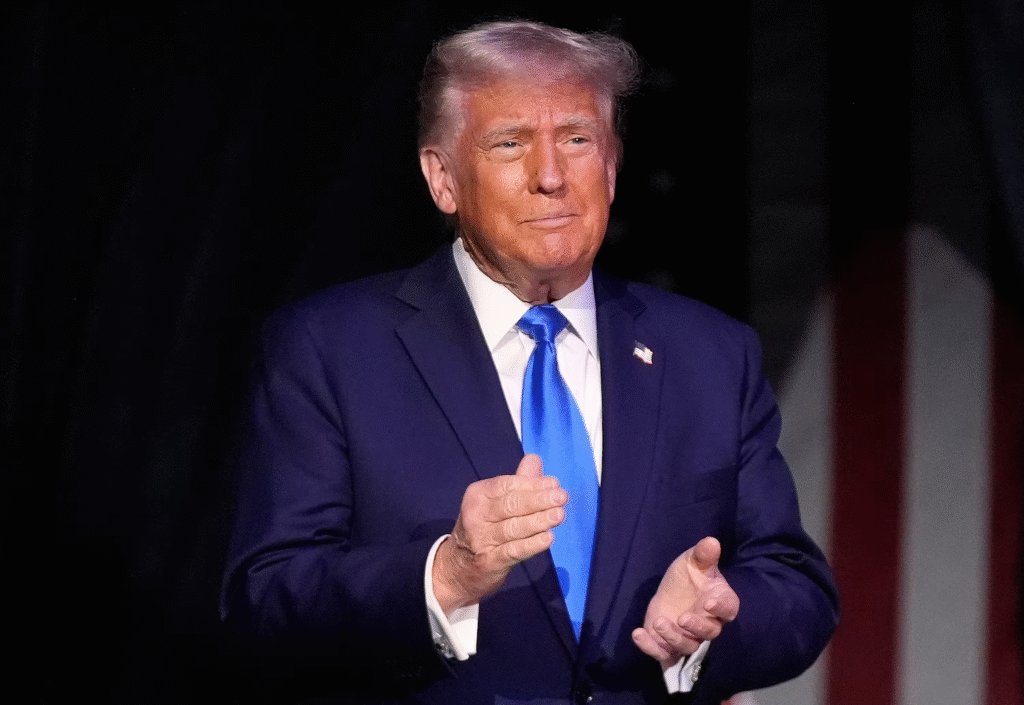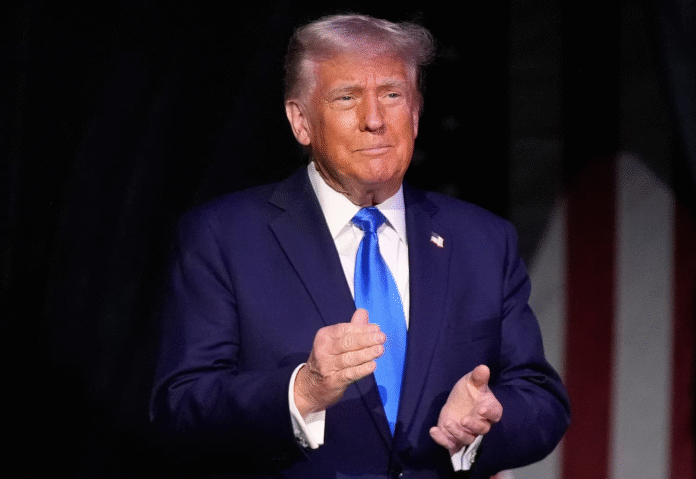
In a move that has stirred both praise and backlash across the political aisle, the White House on Friday unveiled President Donald Trump’s proposed budget for the 2026 fiscal year. The sweeping financial plan outlines $163 billion in cuts to federal discretionary spending, signaling a renewed push for what the administration claims is fiscal responsibility and government efficiency.
But beneath the numbers lies a contentious debate over national priorities — and the political battle over how America spends its money is just beginning.
A Budget of Contrasts
The administration’s 2026 budget proposal, submitted to Congress by Office of Management and Budget Director Russell Vought, calls for deep reductions across a broad range of domestic agencies while simultaneously boosting military funding. Vought framed the proposal as a corrective to what he characterized as excessive spending, noting that the non-defense discretionary budget would fall by 22.6% compared to current levels.
“We’re ensuring that essential services remain protected — homeland security, veterans, seniors, law enforcement, and infrastructure — while eliminating unnecessary bureaucratic waste,” Vought wrote in his letter to lawmakers.
The proposal includes significant cuts to the Department of Education, the Department of Health and Human Services (HHS), the Environmental Protection Agency (EPA), the Internal Revenue Service (IRS), and the U.S. Agency for International Development (USAID). Conversely, Trump is requesting a 13% increase in defense spending, bringing the military’s budget to $1.01 trillion — though some Republican lawmakers dispute that figure.
Defense Spending Sparks GOP Tensions
Though the Trump administration touts the defense budget as a historic increase, prominent Republicans in the Senate are openly pushing back. Senator Roger Wicker, a key voice as chair of the Senate Armed Services Committee, challenged the administration’s math. According to Wicker, the real defense number sits at $892.6 billion, essentially flat from the previous year when adjusted for inflation — a situation he described as a cut “in real terms.”
“This budget would decrease President Trump’s military options and his negotiating leverage,” Wicker warned, suggesting that the proposed defense figure undermines American security interests and global leadership.
Senator Susan Collins, another influential Republican, echoed Wicker’s concerns. As chair of the Senate Appropriations Committee, Collins said she was troubled by both the apparent freeze in defense funding and the broader implications of gutting domestic programs like LIHEAP (Low Income Home Energy Assistance Program), TRIO college readiness initiatives, and biomedical research.
“Congress holds the power of the purse,” she said pointedly, reminding the administration that presidential budgets are starting points, not mandates.
Democrats Sound the Alarm
Predictably, Democrats reacted with fierce opposition. Senator Patty Murray, the top Democrat on the Senate Appropriations Committee, criticized the proposal for slashing safety net programs that support millions of working- and middle-class Americans.
“President Trump has made his priorities clear: cut aid to working families and give more breaks to billionaires — all while raising taxes on everyday Americans with his reckless tariffs,” Murray said.
In her view, the proposal is not just fiscally conservative — it’s morally questionable.
“This plan doesn’t just trim fat; it cuts into bone,” she added.
Targeted Cuts and Controversial Justifications
Several agencies find themselves on the chopping block — again. Trump’s 2026 budget targets regulatory agencies and social programs that have long been in his administration’s crosshairs.
The Bureau of Alcohol, Tobacco, Firearms and Explosives (ATF) faces budget reductions, justified by White House officials as necessary to curb what they call “abusive regulatory decrees” impacting gun owners. Similarly, the IRS is slated for cuts, with officials claiming the agency disproportionately targets conservative organizations.
But the most sweeping reductions are aimed at the Department of Health and Human Services. Programs under the Centers for Disease Control and Prevention (CDC), National Institutes of Health (NIH), and Substance Abuse and Mental Health Services Administration (SAMHSA) would see slashed budgets, raising concerns amid ongoing public health challenges.
The Environmental Protection Agency — often the subject of Trump-era deregulatory efforts — is also set for substantial cuts. Meanwhile, USAID’s foreign aid programs would be eliminated altogether, with a portion of international assistance shifted to the State Department’s oversight.
LIHEAP and the Energy Promise Clash
Among the most controversial cuts is the proposed elimination of LIHEAP, a federal program that helps low-income Americans pay their heating and cooling bills. The decision comes in sharp contrast to Trump’s campaign promise to lower energy costs “on Day One” of his presidency.
Pressed about the contradiction, a senior White House official suggested that LIHEAP is riddled with fraud and discourages work. “We don’t need a benefit hammock that keeps people out of the workforce,” the official said, framing the cut as part of a broader effort to encourage employment and self-sufficiency.
Critics argue that the cut will disproportionately harm vulnerable families, particularly seniors and disabled individuals, during extreme weather months — and that there’s little evidence of widespread fraud in the program.
A Budget as a Battleground
Trump’s 2026 budget is not expected to pass Congress in its current form, but its symbolic weight is undeniable. The blueprint lays bare the administration’s priorities and sets the tone for months of legislative haggling.
On one side stands an administration determined to rein in what it sees as bloated government and restore military might. On the other are lawmakers — both Democrats and moderate Republicans — who see danger in sacrificing social programs and underfunding defense amid global uncertainty.
As the fiscal year 2026 appropriations process unfolds, one thing is clear: the debate over what — and whom — the federal government should fund is far from over.


